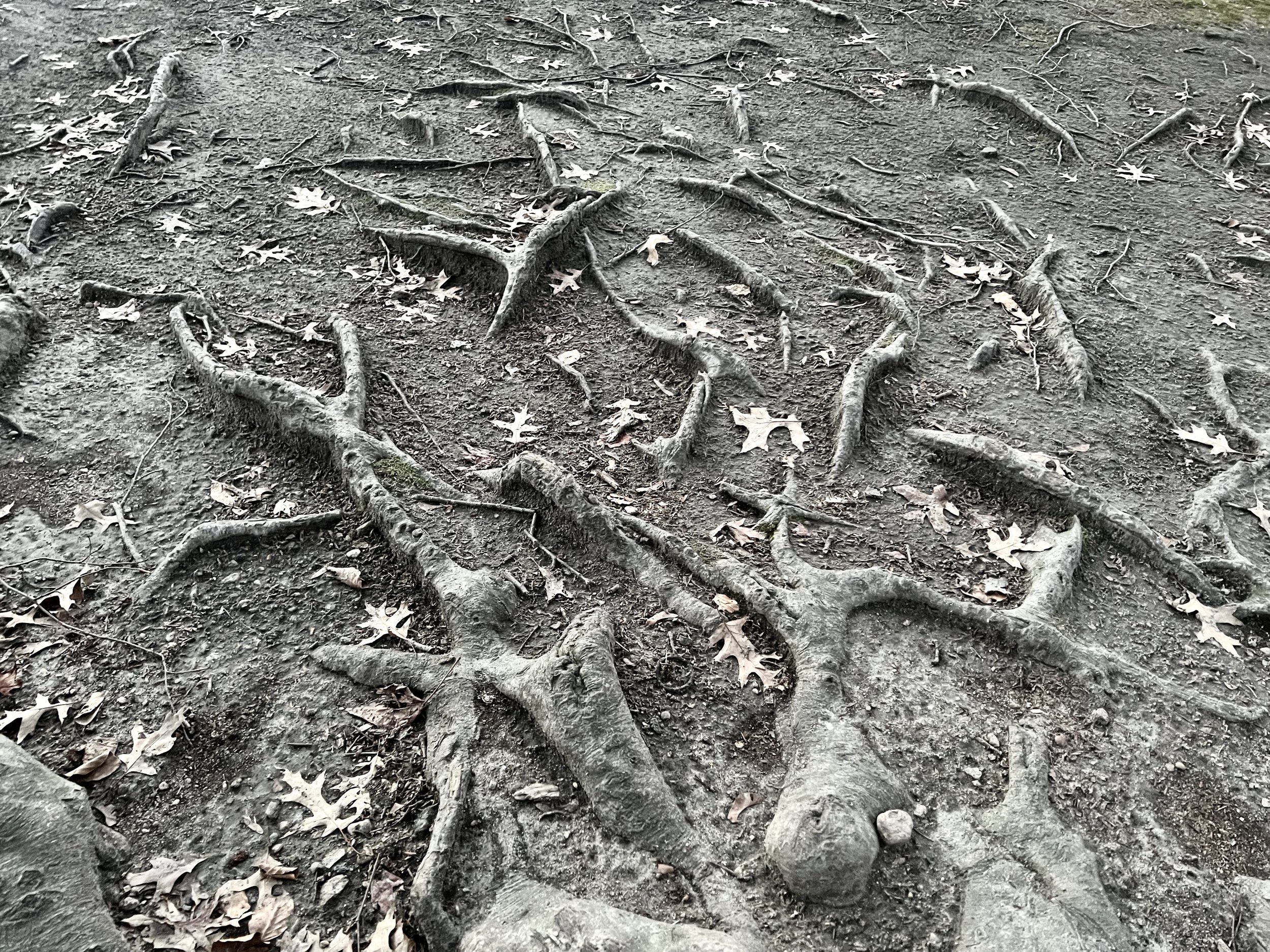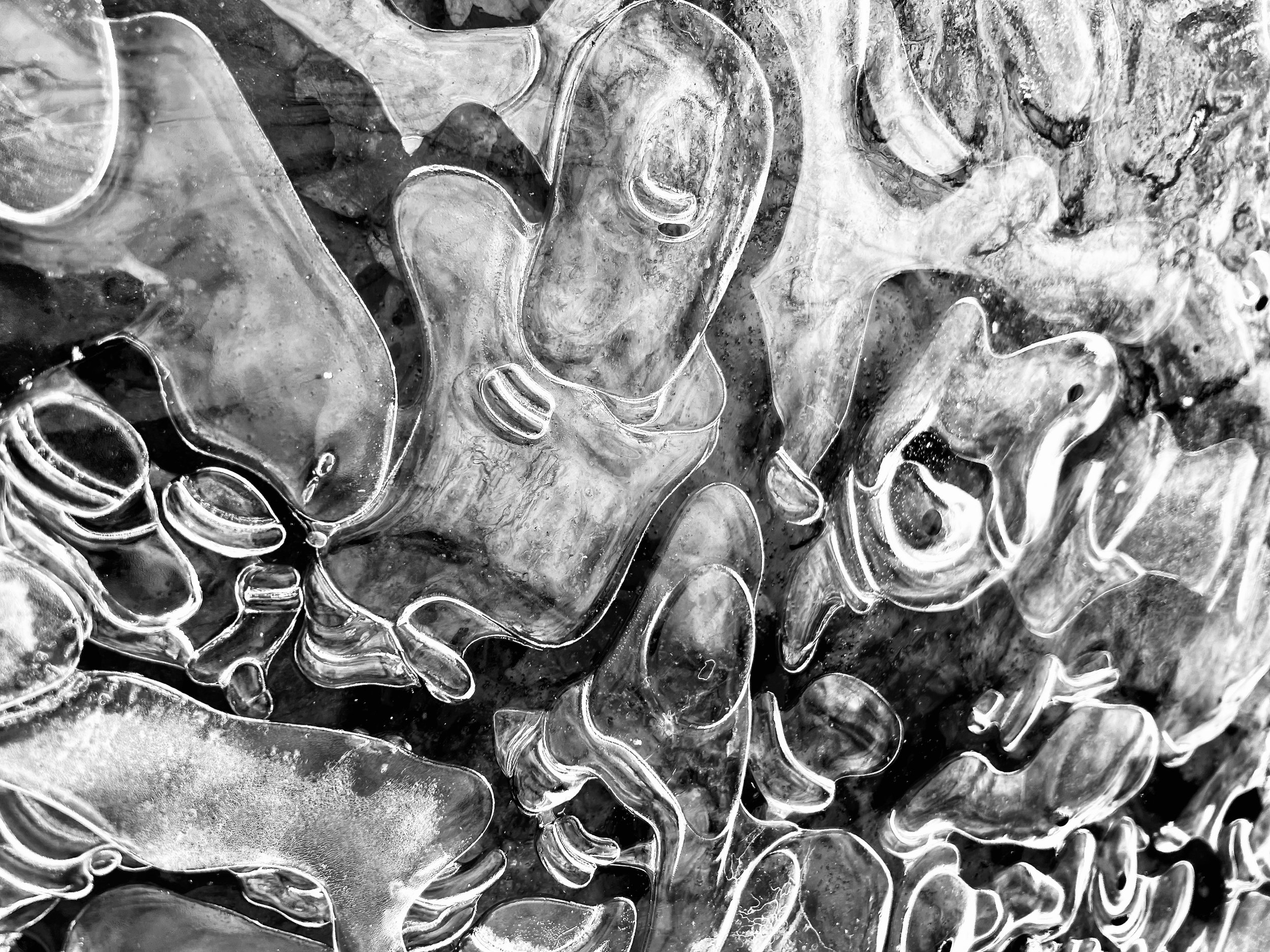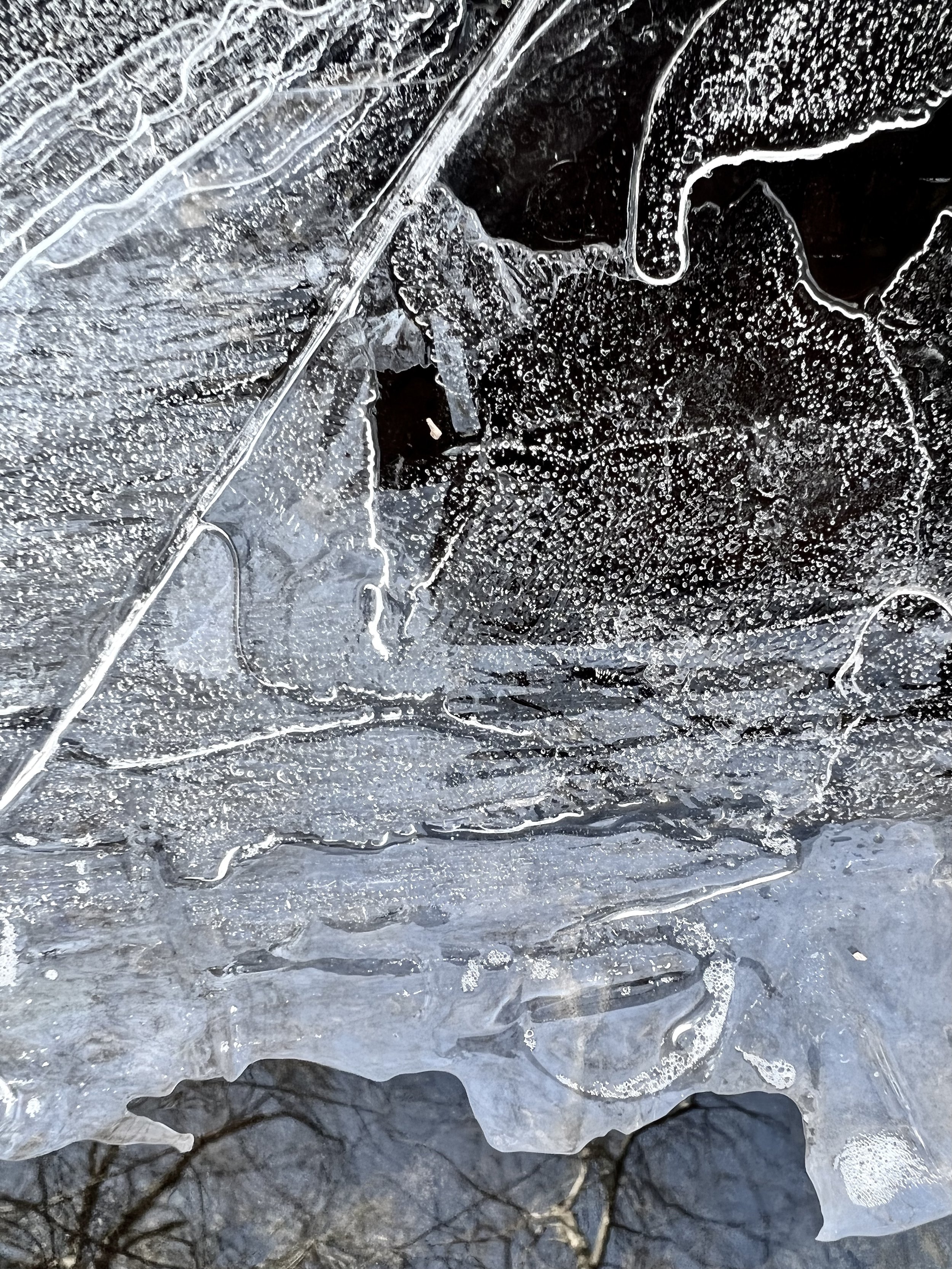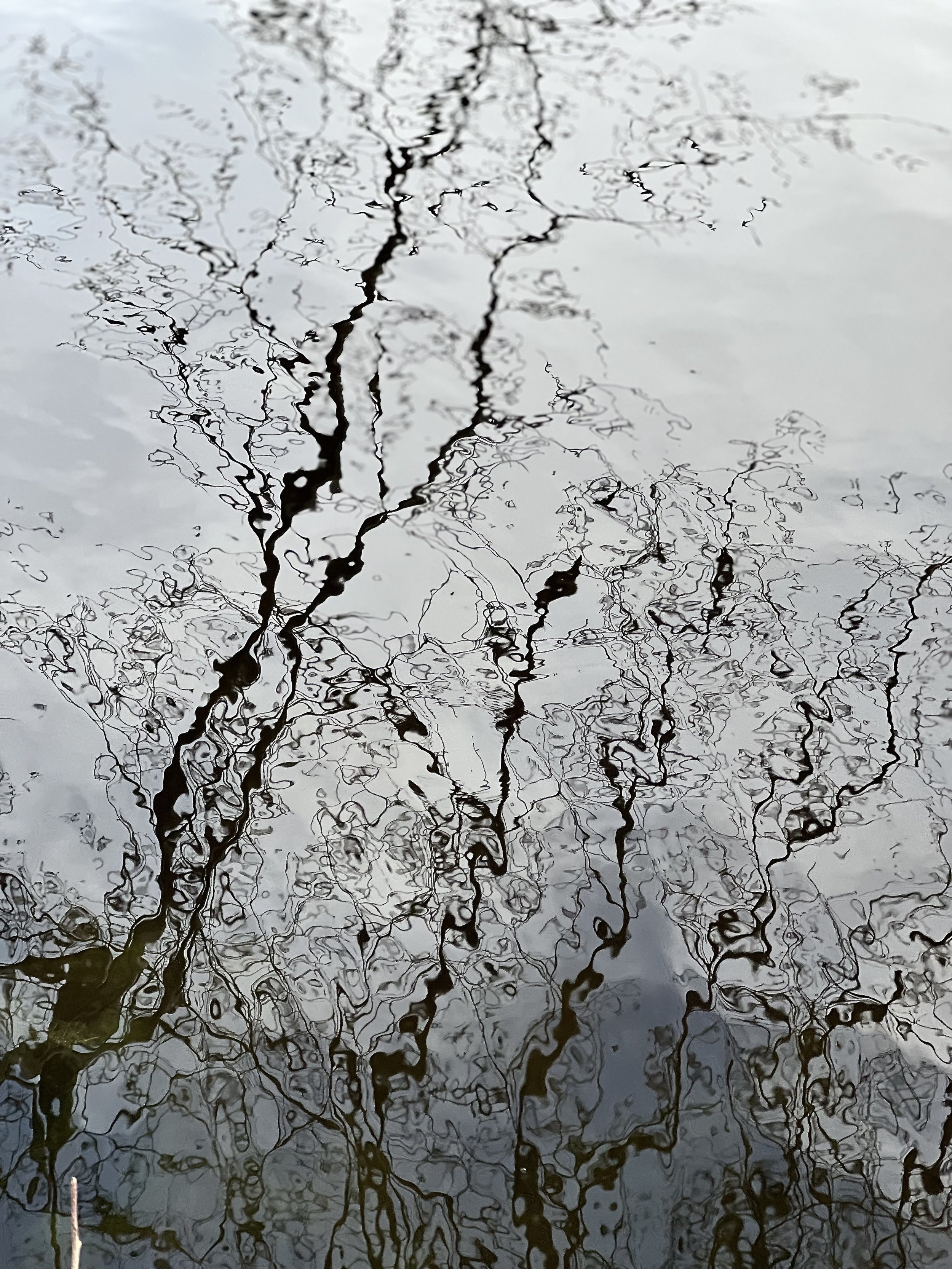Amanda Smith-Bingham
Amanda lives and works in Peace Dale, Rhode Island. In 1992, she received a BFA from Tufts University and The School of the Museum of Fine Arts, MA. She studied documentary photography with Bill Burke. In 2000-2001, she attended Rhode Island School of Design for post-graduate studies. Amanda received a Polaroid Materials Grant in 1995 for her documentary work with aboriginal communities in Northern Queensland, Australia. In 1996, she was a finalist at Workman Publishing Group for her photographic monograph on children of divorce: Till Death Us Do Part.
Her work has been shown at The Howard Yezerski Gallery, Boston, The Boston Museum School's Grossman Gallery; Gallery Equus, Boston, The Boston Public Library, Lake Forest College, Illinois, Croker-Griffin Gallery, Rhode Island and three solo shows at the Colo Colo Gallery in New Bedford, MA (2011, 2012, 2013). She has been a full member at Hera Gallery since 2013 and had her photographic series Self Portraits: Under My Skin recently featured in Art New England. You can see more of her work on her website amandaswainbingham.com
Artist Statement
Ephemeral Works: Etched in Ice
For the past 30 years my photographic research interests have taken me around the world. It was after a life altering event in 2017, that I pointed my camera towards home. I found solace hiking in, on and around the river, ponds, streams, and vernal pools within a five mile radius of my home. These waters became my muse. I explored the suburban forests; the noise of highways and hurry a constant hum. Nature doesn’t write down its next move. So I wait, and dangle from low bridges or tree limbs waiting for the light to play on the ice. New songs and stories reveal themselves as the ice melts and expands.
I research the buildings that envelope the confluence of streams that feed into the Saugatucket. The Peace Dale Mill buildings were originally woolen mills (1820-1919), which profited from manufacturing a course, scratchy, cotton-wool material, referred to as “Negro” or “Slave Cloth.” The more I researched the now repurposed Peace Dale Mill buildings, the more convinced I became that water has a deep memory of every battle, complicit conversation, poetry or protest.
Some days the ice looks woven; as course, bumpy, thin and muddy as the endless yards of Kersey cloth, churned out and sold to the slave owners down south.
We are all part of a primordial stew, filled with imagination and memory; an attempt to catch and release nature in its wildest splendor. Secrets are etched within the ice. The trickery of light and distorted forms remind me it wasn’t long ago that cultures believed in the existence of dragons, monsters and books of spells.
The universe is at work in the waters behind our houses. Fiercely rerouting as blankets of asphalt replace banks of wild habitat. Striated ice and prehistoric forms appear familiar and unknown. The wind burns, slushy currents and the eddies adjust for the fallen shallow rooted maples splayed, on the muddy bank behind the lumber yard.
Each day that I walk through the watershed I am reminded we are part of these waters, the voices in the wind; and all that is riled up by the swirling undercurrents. Perhaps these images are proof that we all are just patterns of energy and not separate from nature after all.


















